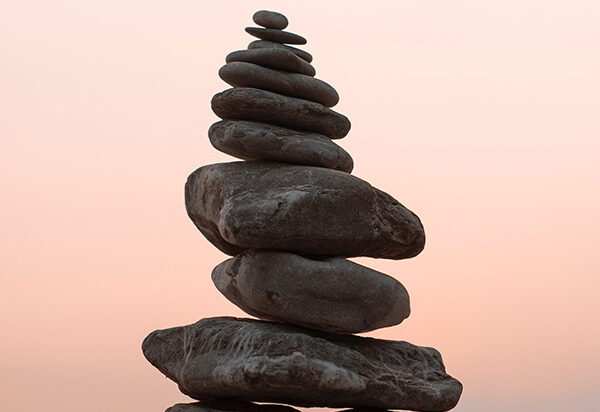Mind Matters
Harnessing the Power of Meditation for Leadership Success
One of my first encounters with meditation was watching Oprah in the early 1990’s. Her guest was John Kabat-Zinn, and they led the audience through a meditation session. Watching an audience sitting quietly with their eyes closed didn’t make for great TV, but it sure helped meditation go mainstream.
Since then, we’ve learned that meditation can help reduce blood pressure, improve sleep problems, and relieve anxiety, stress, and depression. People who meditate also report being more focused and in a better mood.
Research shows that being in a good mood is important, especially for leaders. In Primal Leadership, Daniel Goleman discusses how mirror neurons evolved in our brains. We’re wired for mood contagion. For example, if someone near us is afraid, their brain emits an energy that we can pick up so we can mirror it – and flee to safety.
This explains how an argument can be felt by people who aren’t involved in it, and how you can feel a restaurant with great energy. Although everyone’s mood is contagious, the leader’s mood has a disproportionate influence on the team they’re leading. All of us “leak” energy all the time. The question is, are you leaking negativity or positivity?
Here are a Few Steps to Help You Get Started with a Meditation Practice:
- Decide how long you want to meditate. Start with five minutes and work up to 20.
- Find a suitable environment that is quiet and free from distractions.
- Clarify your intentions. Athletes, musicians, and actors get “performance-ready.” You can do the same at work and home, even if it’s in a car before a meeting or by parking down the street for a few minutes before you pull into your driveway.
- Position your body by sitting on the edge of your chair and pretending that a string is holding your head up. Don’t meditate lying down as a beginner – you may fall asleep.
- Relax your eyes. Don’t close your eyes completely. Instead, look down at a 45-degree angle. But if you’re a newbie, it may help you relax if you close your eyes as you focus on your breath.
- All of the “action” is in your breath. It’s your touchstone. Just like an athlete, you always come back to your breath. Breathe in and out of your nose. Feel your body. Notice where your aches are. If you’re sitting upright, is your back sore? Your neck? See it as a part of your meditation, not as a distraction. When you breathe, focus on that part of your body and try to relax it. Remember, you’re trying to get performance-ready.
- Observe your thoughts. When you have a thought, use it as part of the meditation practice. Your thoughts and feelings are part of the practice. Observe your thoughts, then return to the present moment in your breath. As an example, imagine that you have a really cute puppy. You’re trying to train it. You’re trying to keep the puppy right in front of you, but it keeps running away. So, you’d likely get up, pick it up, set it down, and sit down again. This will probably be repeated a few times.
- When you catch yourself having thoughts that are undermining your meditation, think of them as a gift for building your meditation muscle. Acknowledge them, bring yourself back to your breathing, and begin again.
Meditation isn’t the pursuit of emptiness. Instead, it allows us to notice when our thoughts wander and bring our focus back to the present. It helps us notice when we’re angry, distracted, and judgmental. It helps us return to a more resourceful, aware self to deal with the challenges at hand. Imagine being able to tap into that during a stressful meeting that’s full of conflict. Remember, your inner state is mirrored by those around you, so a meditation practice isn’t just good for you; it’s also good for your team, friends, and family.
